The modern lifestyle has made late nights almost inevitable for many people. Whether it’s due to work deadlines, social engagements, or simply the inability to switch off, burning the midnight oil has become a common habit. However, the consequences of sleep deprivation often manifest visibly—puffy eyes, dark circles, and a tired complexion. One remedy that has gained traction in recent years is the use of cold therapy, particularly cold compresses, to counteract the effects of late nights. But does it really work? And how can it be incorporated effectively into a post-late-night routine?
The Science Behind Cold Therapy
Cold therapy, or cryotherapy, has long been used to reduce inflammation and soothe irritated tissues. When applied to the skin, the cold causes blood vessels to constrict, reducing swelling and puffiness. This is particularly beneficial for the delicate under-eye area, where fluid tends to accumulate after prolonged wakefulness. The cooling sensation also provides an immediate refreshing effect, helping to alleviate the grogginess that often follows a sleepless night.
Research suggests that cold compresses can also stimulate circulation once removed, as the blood vessels dilate again, bringing oxygen and nutrients back to the skin. This can help revive a dull complexion and reduce the appearance of dark circles. While it’s not a substitute for sleep, cold therapy can serve as a quick fix to mitigate some of the visible signs of fatigue.
Choosing the Right Cold Compress
Not all cold compresses are created equal. For those dealing with late-night repercussions, the choice of compress can make a significant difference. Gel-based eye masks, chilled spoons, or even refrigerated cucumber slices are popular options. Gel masks, in particular, are designed to retain cold temperatures for extended periods, making them ideal for a quick morning revival. Some even come with contours that fit snugly around the eyes, ensuring maximum contact with the skin.
For a more DIY approach, a clean cloth soaked in cold water or chilled tea bags (preferably caffeine-infused, as caffeine can further constrict blood vessels) can be just as effective. The key is to ensure the temperature is cold enough to have an impact but not so extreme that it causes discomfort or damage to the skin.
Incorporating Cold Therapy Into Your Routine
Timing is crucial when it comes to cold therapy for late-night recovery. Ideally, the compress should be applied as soon as possible after waking up to combat puffiness before it sets in. A five to ten-minute session is usually sufficient—any longer, and the skin may become overly irritated. For those who frequently find themselves sacrificing sleep, keeping a gel mask in the freezer or a set of spoons in the fridge can make the process effortless.
It’s also worth pairing cold therapy with other quick fixes, such as a hydrating eye cream or a caffeine-based serum, to enhance the rejuvenating effects. Light facial massage after removing the compress can further stimulate blood flow and help drain excess fluid.
Limitations and Considerations
While cold compresses can provide temporary relief, they are not a cure-all for the effects of sleep deprivation. Chronic lack of sleep takes a toll on overall health, affecting cognitive function, mood, and long-term skin quality. Relying solely on cold therapy without addressing underlying sleep issues is akin to putting a band-aid on a deeper problem.
Additionally, those with sensitive skin or conditions like rosacea should proceed with caution, as extreme cold can trigger irritation or redness. It’s always advisable to test a small area first or consult a dermatologist if unsure.
The Bigger Picture
In a world where late nights are often unavoidable, cold therapy offers a simple yet effective way to manage the aftermath. However, it’s important to view it as part of a broader approach to self-care. Prioritizing sleep whenever possible, staying hydrated, and maintaining a balanced diet are all critical components of looking and feeling your best—even after those inevitable late nights.
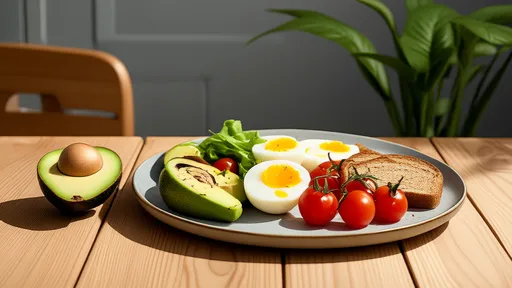
By /Aug 15, 2025
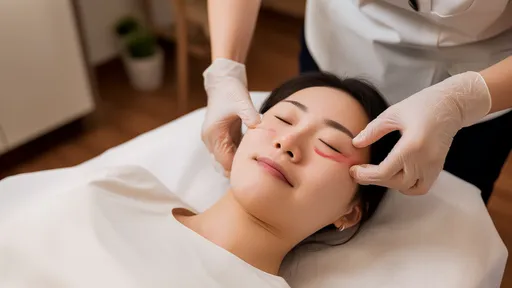
By /Aug 15, 2025
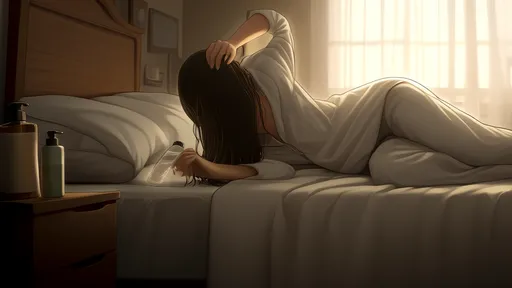
By /Aug 15, 2025
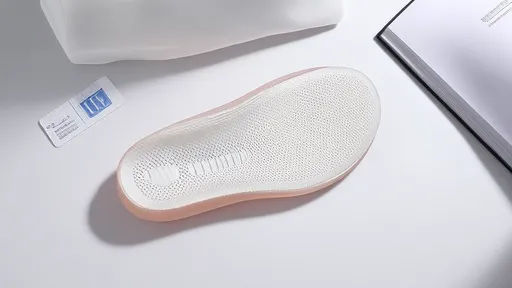
By /Aug 15, 2025

By /Aug 15, 2025
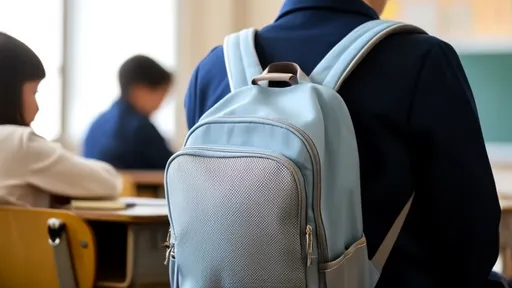
By /Aug 15, 2025
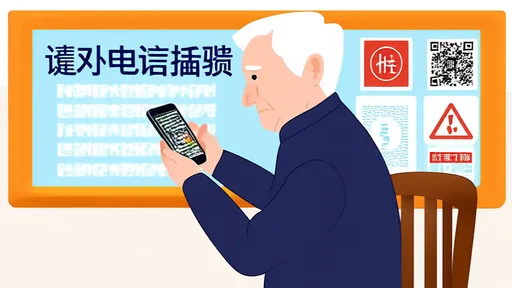
By /Aug 15, 2025
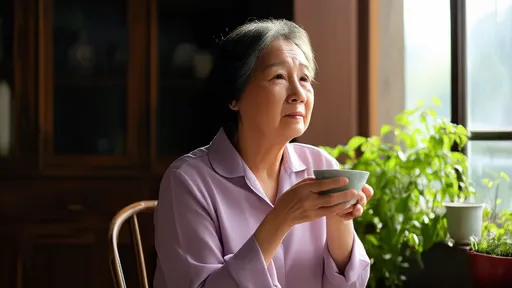
By /Aug 15, 2025

By /Aug 15, 2025

By /Aug 15, 2025
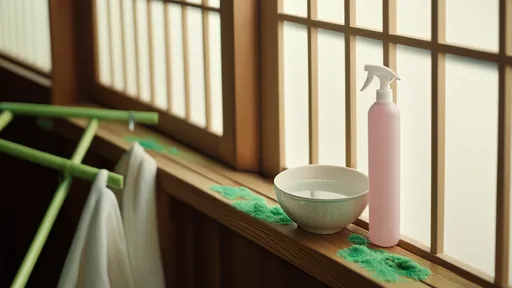
By /Aug 15, 2025

By /Aug 15, 2025

By /Aug 15, 2025
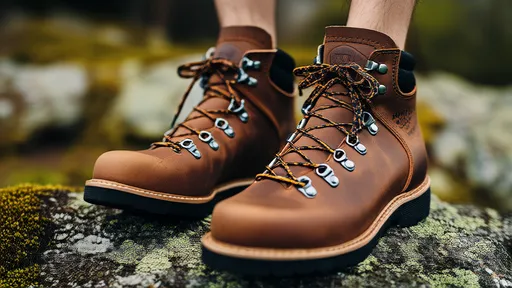
By /Aug 15, 2025

By /Aug 15, 2025
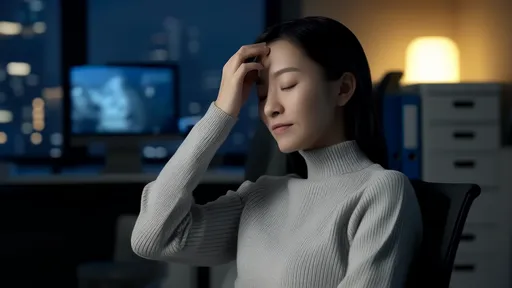
By /Aug 15, 2025
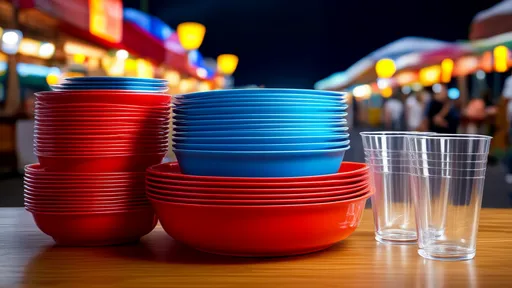
By /Aug 15, 2025
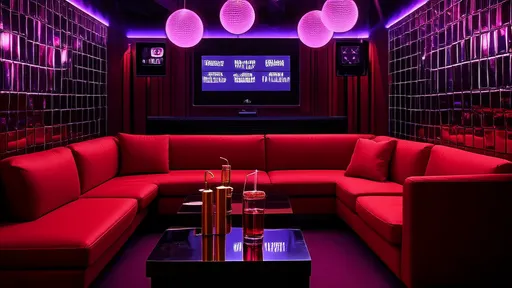
By /Aug 15, 2025
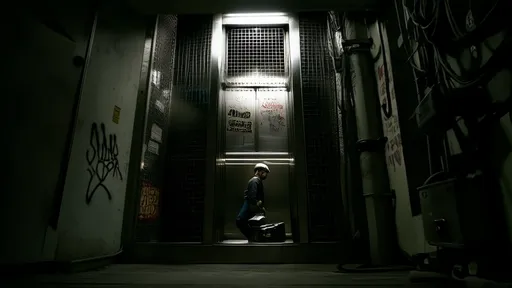
By /Aug 15, 2025
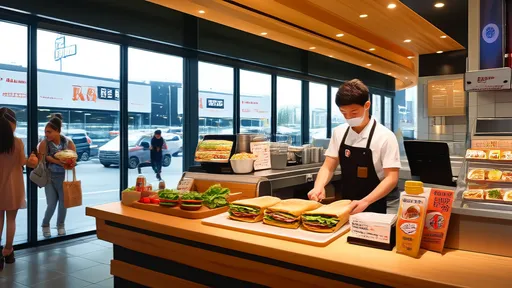
By /Aug 15, 2025